How are Medical Bills Treated in Chapter 13 Bankruptcy?
Sawin & Shea
MAY 5, 2021
It is difficult to know exactly how many because often people will use credit cards to pay off medical or other bills when they are struggling with debt, and so the reason on a survey may be “credit card debt” even though the situation began as medical debt. Ten facts About Chapter 13 Bankruptcy and Medical Bills: #1.

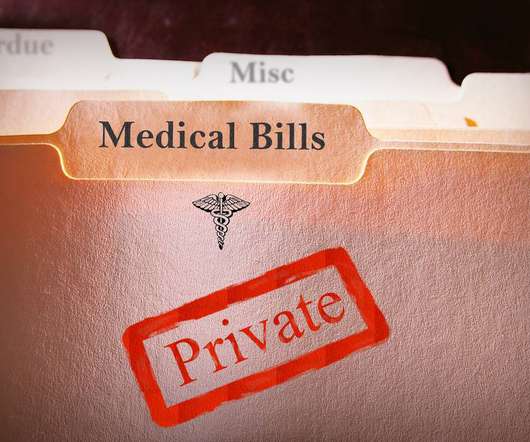

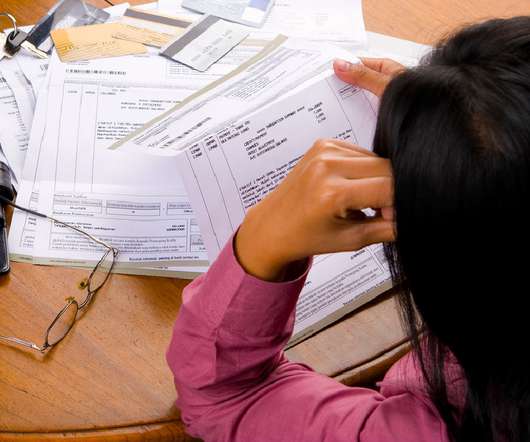



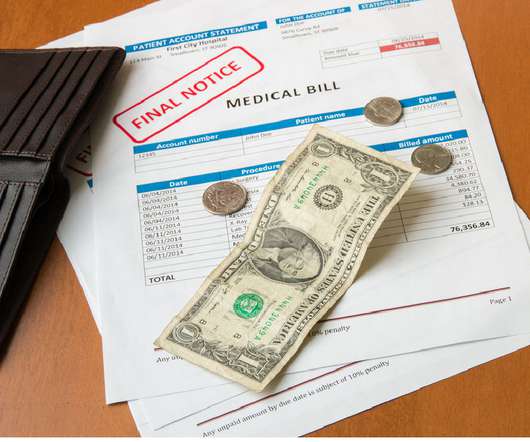

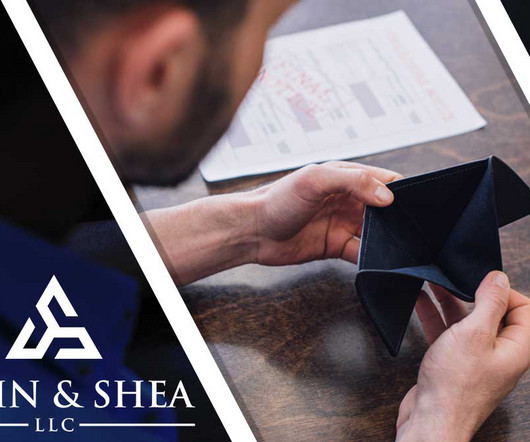
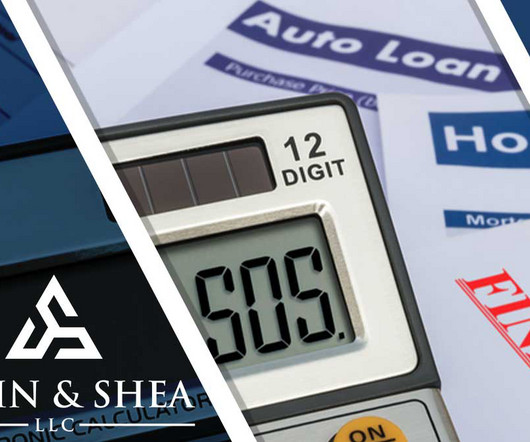









Let's personalize your content